|
Active learning techniques utilize different brain pathways to consolidate information efficiently and effectively. I often talk about studying for the RD exam, and I'll use it as an example in this post, but active learning techniques can be used at every stage of school and life. The figure below shows the movement of information from resources like textbooks and study guides, to your typical type of notes, but then we go a step further with active learning. I talk about these in my post Study Tips for the RD Exam so head over there for a more in-depth description. But for now, we're going to talk about these active learning techniques in the context of studying overall. Trying new study methods can be uncomfortable and even scary. If you laughed my use of the word "scary", don't! Human beings find great comfort in consistency, and with how many years we spend reading and taking notes, making a change can be difficult. Active learning techniques don't require the traditional notes step. You can have your concept maps and flash cards ready, you can record yourself talking through summaries from readings, or you can use these methods to build on your notes. If you want to receive my tips on productivity and active learning, like the info in this post, without even having to try - just subscribe to my newsletter! RetrievalYou may have read in my post on Making a Study Schedule for the RD Exam, that I highly recommend studying multiple topics in a single study session. This looks different depending if you're reviewing content or if you've moved on to critical thinking for the RD exam. If you're reviewing content, I recommend reviewing disparate content, such as info from 2 different domains. If you're doing critical thinking, I recommend using random questions, so that each of your 5 questions per session aren't on the same topic. This jumping around works well with active learning techniques, like retrieval. Studies show that re-reading, re-writing, and highlighting information is one of the least effective ways to study. So what do you do instead? You want to use methods that require retrieval of information from the depths of your brain. The figure above illustrates this. It feels harder, but it's worth it because each time you practice this method, that information you find is easier to bring to the front of your mind next time, and therefore is easier to connect to other concepts, and to elaborate. Have you tried any of these methods before? How did it go?
BD
0 Comments
Your comment will be posted after it is approved.
Leave a Reply. |
a blog about health, wellness, nutrition, and fitness from an epidemiologist / dietitian with personal trainer experience
Stay up to date on productivity tips and active learning techniques
Like what you read?
categories
All
|
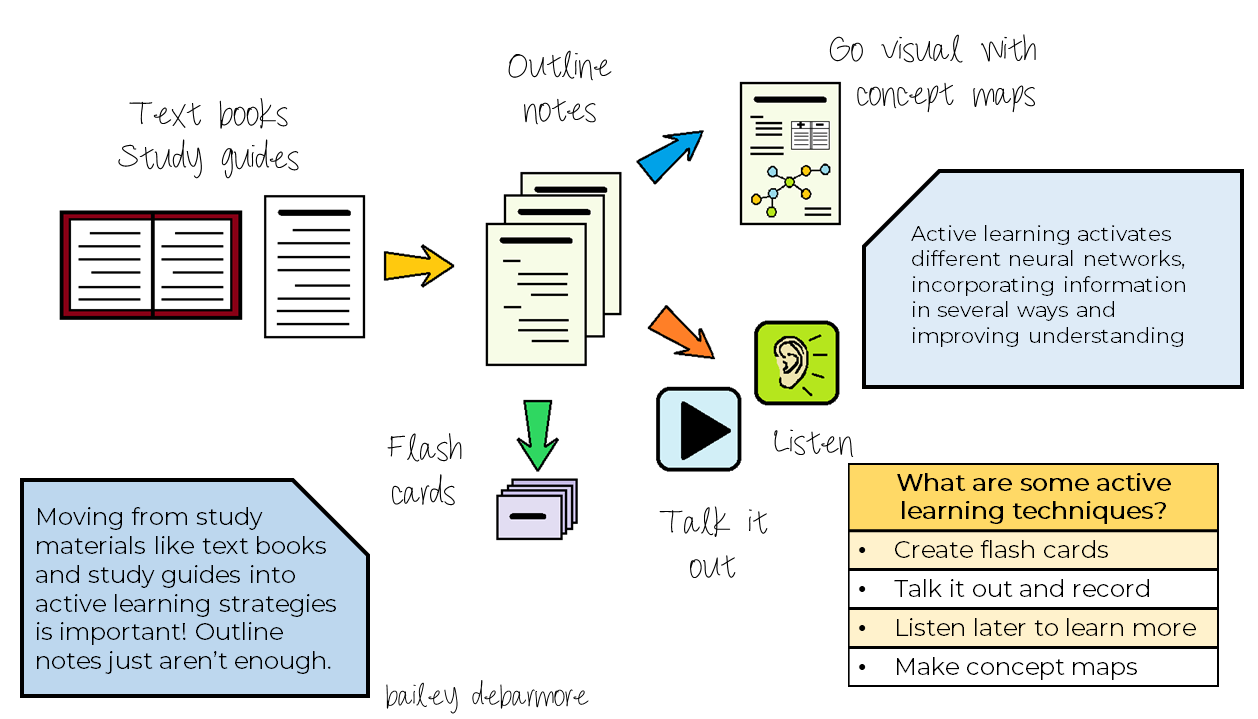
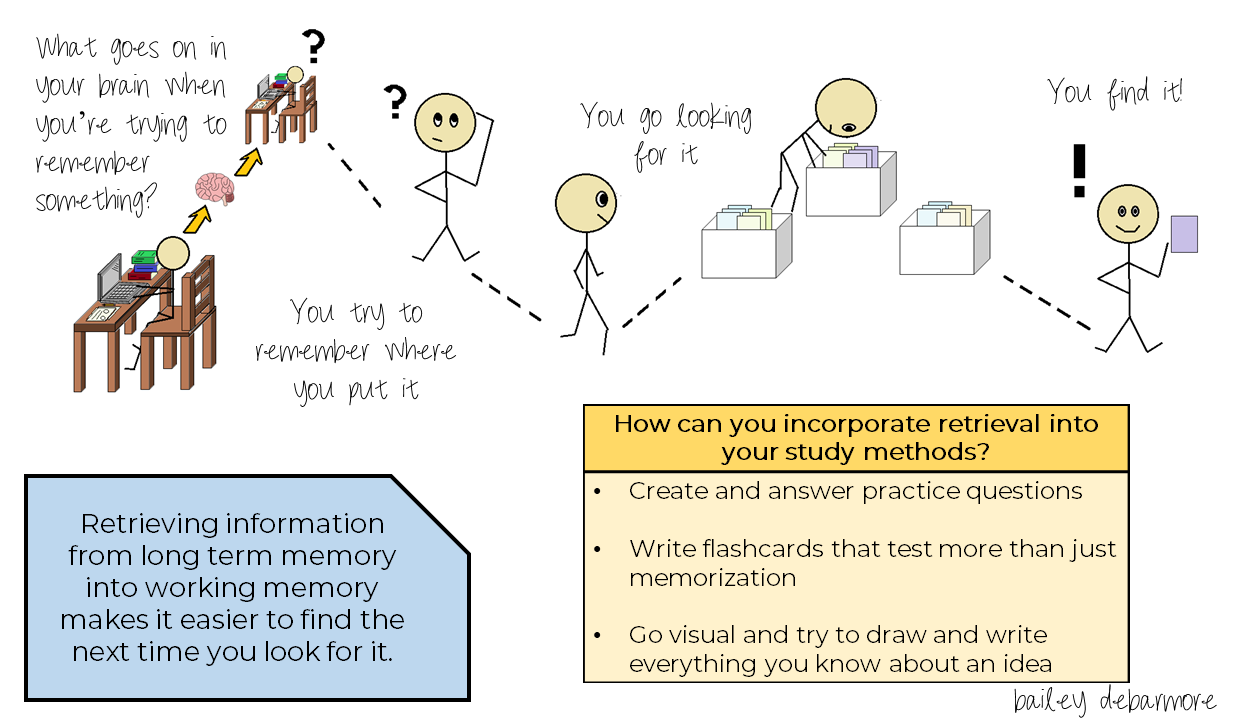
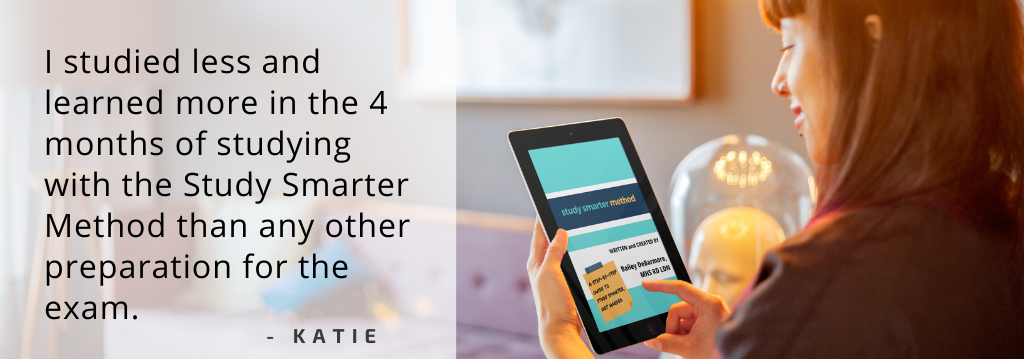
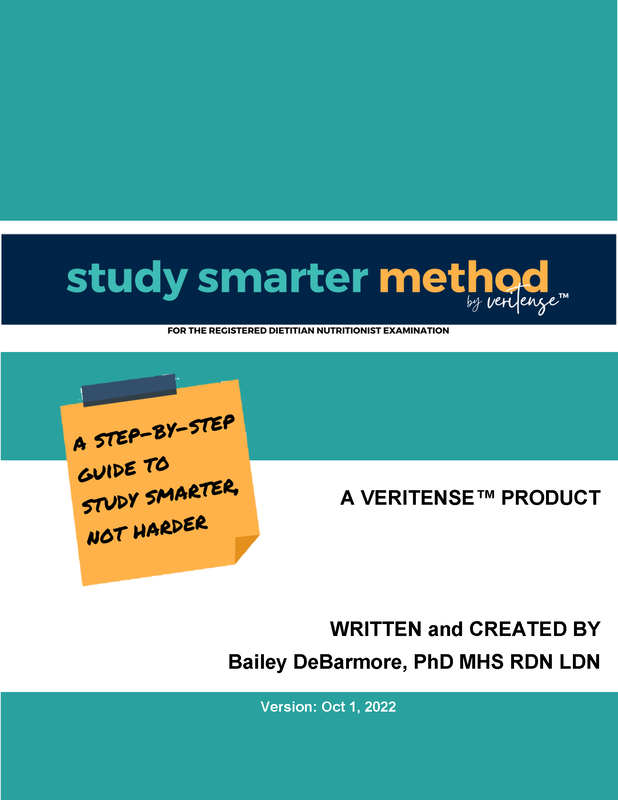

_250px.png)


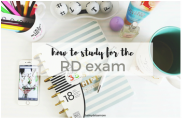
 RSS Feed
RSS Feed
